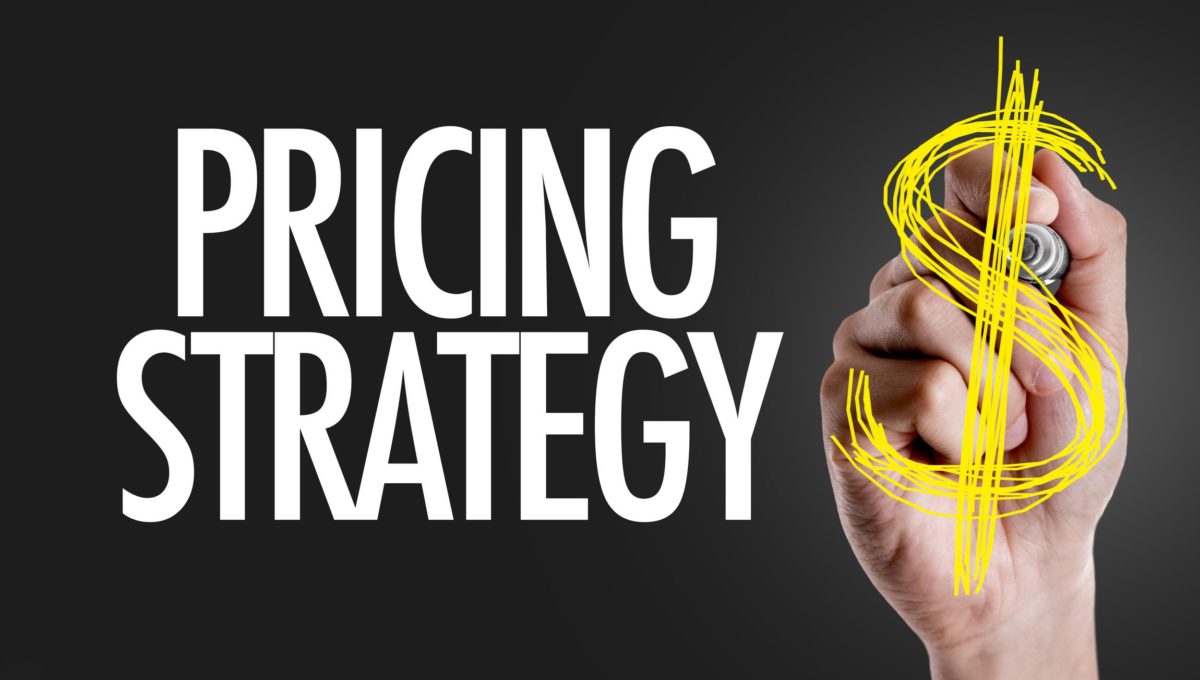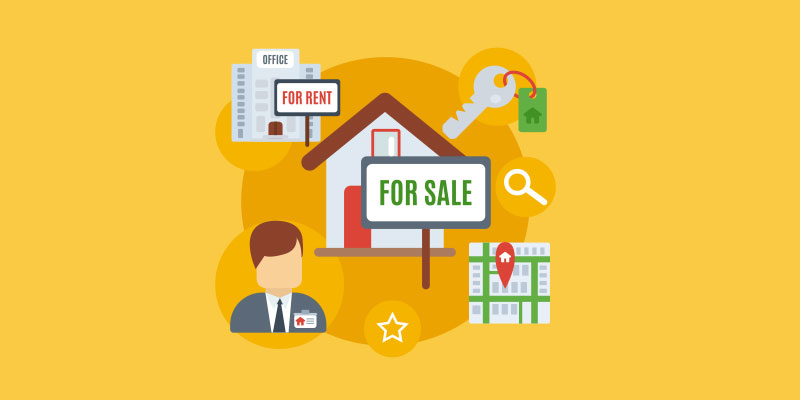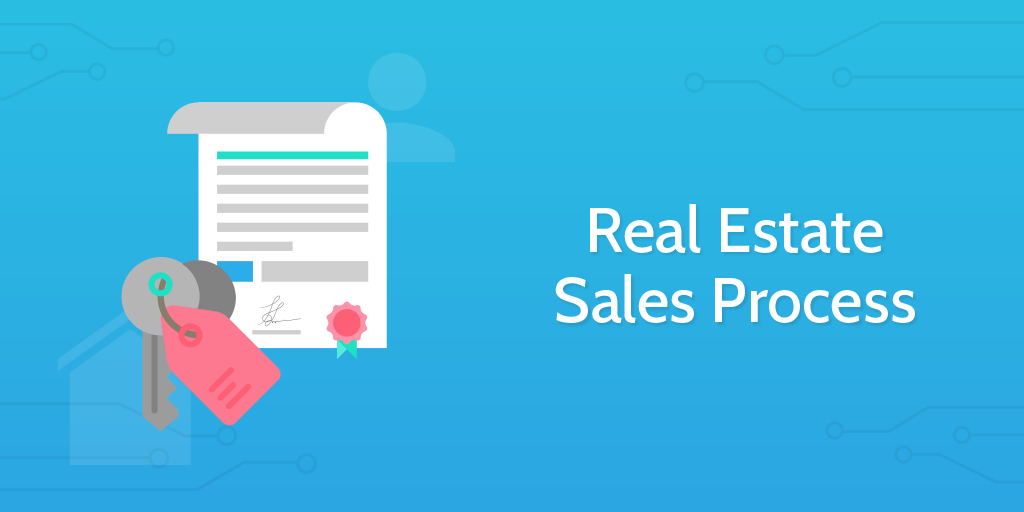Cost accounting is an important tool for business decision-making. It organizes the myriad expenses involved in producing goods and providing services, helping businesses protect their profit margins.
For example, a bank might use cost accounting to determine the costs of processing international wire transfers, maintaining checking accounts and overseeing mortgage loans. This information informs budgeting and product pricing decisions.
Financial Analysis
Cost accounting gives managers the information they need to control costs and charge customers the right price for products or services. It helps them identify non-profitable activities and put an end to them while focusing on profitable operations. It also enables them to compare costs over time to find opportunities for improvements.
One way to do this is through variance analysis, which involves comparing budgeted figures against actual business data to see what went wrong and how the company can improve its performance in future periods. Other techniques include horizontal and vertical analysis, which involve choosing a benchmark like net sales and calculating every line item on the financial statement as a percentage of it.
Liquidity analysis is another common technique, which checks a company’s ability to make day-to-day payments of trade creditors, short-term borrowings, statutory expenses and salaries without going bankrupt. It involves analyzing the current ratio and quick ratio to ensure that the business is not in danger of running out of cash to pay its debts.
Variable Costs
Costs that are variable are directly connected to a company’s output and fluctuate based on production volume. This makes them more difficult to predict and budget for, but they are also a direct indicator of a business’s sales performance.
Examples of variable costs include raw materials used to create a product, billable wages, sales commissions and utility costs (for example, electricity that increases with production capacity). All together these are often referred to as a company’s Cost of Goods Sold, or COGS.
Companies can use their COGS to analyze which products or services are most profitable and make informed decisions about whether or not they should continue producing certain items. For instance, if one product is performing much better than another, it might be a good idea to focus on the popular product while discontinuing the less-popular item. This would lower the overall cost of goods sold while increasing profits. However, this is a delicate analysis to conduct and requires careful consideration of other factors like customer preference.
Fixed Costs
Cost accounting is used to evaluate fixed and variable costs. This information helps to determine the break-even point (revenue – expenses) for your business. It is important to know how these two different costs change with the volume of goods or services you are selling so that you can make strategic decisions regarding your profitability and growth. Fixed costs are incurred every time you manufacture a product, such as your rent or property taxes, utilities and administrative wages. Other examples of fixed costs are depreciation, credit card fees and commissions on sales.
On the other hand, variable costs fluctuate in proportion to a company’s production level or sales volume, and rise as production increases and fall as production decreases. Variable costs include the cost of raw materials, shipping charges and commissions. They also include sunk costs, which are costs that you cannot avoid. These are costs like the gasoline you use to drive to a store that sells televisions.
Indirect Costs
Indirect costs, which are also known as overhead expenses, support the operation of a company. These expenses include electricity, office equipment rental, insurance, accounting and security costs. These costs are essential for business owners to operate and provide high-quality products and services.
It is difficult and often impractical to assign indirect costs to specific departments, projects or products. For example, the heating bill for a large factory can’t be charged to a particular plastic molding department. Similarly, the hourly wages of a temporary employee or administrative assistant are not associated with any one project.
Therefore, these costs are typically grouped into common pools and charged to benefiting objectives through an allocation process or indirect cost rate. When it comes to federal grants, the allocation process is especially crucial because many grant agencies have strict rules about which expenses should be classified as indirect costs. The lower a company’s indirect costs, the more profitable it will be.





